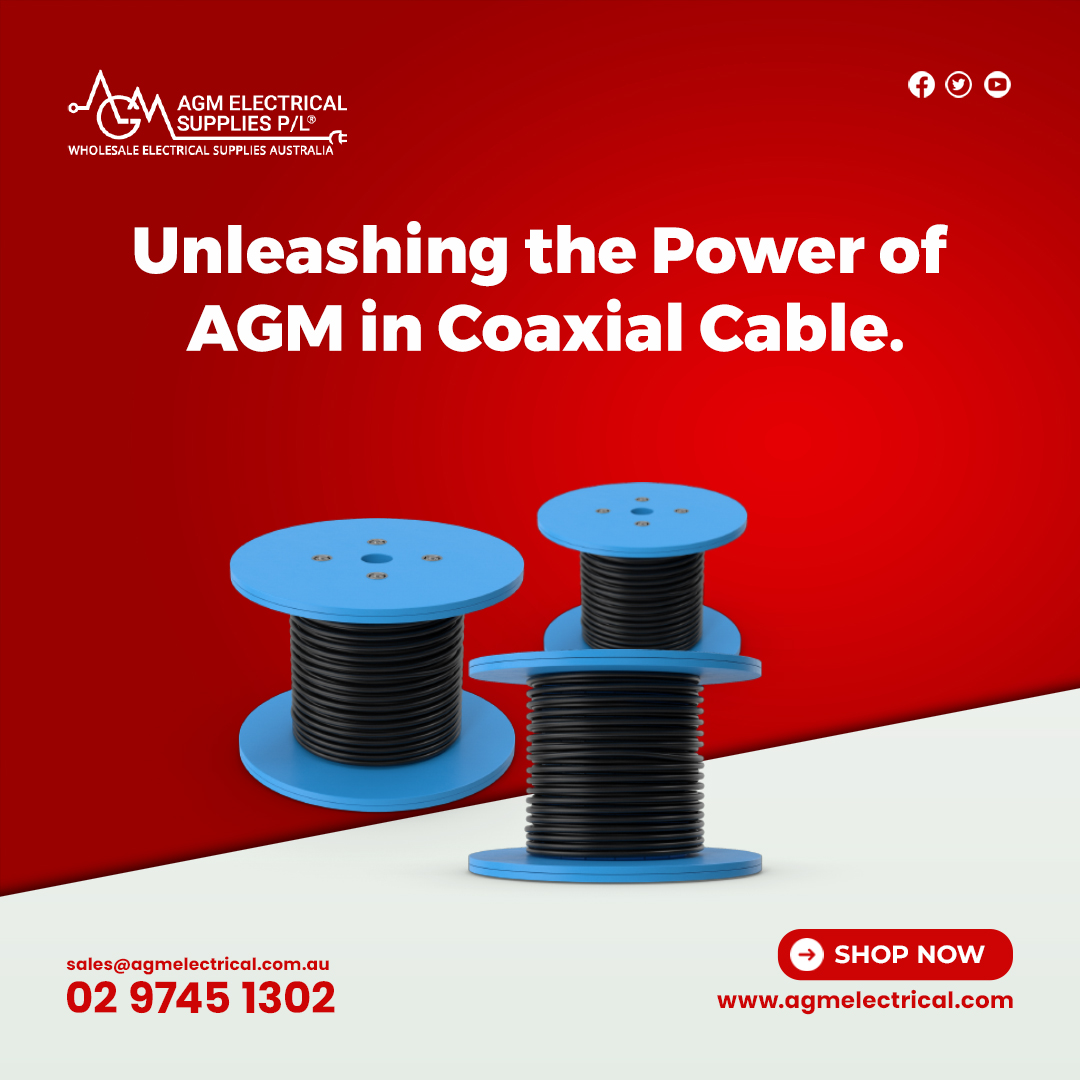The invisible power of electricity lights up rooms, powers machines, and keeps our modern world running. Coaxial Cable To safely and reliably send its energy, electricity needs transmission mediums that work well. Coaxial cables are one of these tools that really shows how creative electrical engineers can be.
They combine the ideas behind electromagnetism with real-world uses in things like data transmission and phone calls. With their concentric shape and insulated layers, these cables let electrical current flow. They are a perfect example of the fine balance between conductivity and insulation.
This is the beginning of knowledge into the world of coaxial cables. There is a lot to comprehend, from the complicated structure to the physics behind how they work, and the many ways they power our connected society.
What is a Coaxial Cable?
A coaxial cable is an electrical wire that can send and receive a lot of digital data as signals. They are made to send messages with little signal loss and interference.
Structure of Coaxial Cable
There are four parts of a coaxial cable.
- Inner core conductor which is also called the center conductor.
- Dielectric, which keeps the inner and outer wires separate.
- Outside wire (shield).
- The jacket is the polymer layer on the outside of the wire that keeps the inside parts safe.
A copper conductor and a strong dielectric insulator make up coaxial wires. They are surrounded by conductive shielding and a protective outer jacket. Because they don’t let signal interference and crosstalk happen, coaxial connections are great for both audio and video devices.
What are the major types of Coaxial Cable?
The following three types of coaxial cables are the most commonly used in houses and industrial area for the flow of electricity.
- RG-6
One of the most popular types of coaxial cable, RG-6 is known for being flexible and having a high bandwidth. There are many uses for it in speed internet, cable TV (CATV), and satellite TV (SATV). RG-6 cables can carry higher frequencies and support longer transmission lengths than RG-59 cables because their insulation and central conductor are thicker.
- RG-59
This type of coaxial wire is mostly used for lower frequency tasks, like CCTV (closed-circuit television) systems and older analog video setups. The insulation and center conductor are thinner than those in RG-6. This makes it more flexible and cheaper for sending signals over shorter distances.
- RG-11
This coaxial wire is made for sending data over long distances and with a lot of bandwidth. Compared to RG-6 and RG-59 cables, it has a bigger diameter central conductor and thicker insulation, which means it loses less signal and works better over longer distances. More often than not, RG-11 wires are used for large-scale networking projects, like backbone cabling in businesses and outside uses.
What are the special features of Coaxial Cable?
Coaxial lines are used for many things, like connecting computers to networks, sending radio frequency signals, and distributing TV signals (cable TV). They are very important in these areas because they can send high-frequency messages over long distances with little signal loss.
- Minimal Data Loss: The shielded design of coaxial cables keeps signal loss from outside interference and attenuation to a minimum, making long-distance communication reliable.
- Substantial Bandwidth: Coaxial cables can handle the high-frequency signals needed for broadband internet, digital TV, and other data-heavy uses because they have a wide bandwidth.
- Longevity: The materials used to make coaxial cables are strong and don’t react badly with things like water, heat, and electromagnetic interference (EMI). This means that they will work well and reliably for a long time.
- Convenient Installation: Coaxial wires aren’t too hard to set up because they have connectors that make connections quick and safe without the need for special tools or knowledge. Because of this, they can be used both indoors and outdoors in a variety of places.
If you are looking for high quality coaxial cable in Australia, AGM Electrical Supplies is the best. I recently purchase from them and also got lucky to get a discount. They offer wide variety of high quality electrical appliances and accessories.
What type of connectors work best with coaxial cable?
Coaxial cable connectors are needed to connect wires to TVs, modems, and antennas, among other things. Coaxial cable links come in a number of different types, and each has its own pros and cons. The following is a list of some of the most popular ways to connect coaxial cables:
- f-Type connector: The f-type connector is the most popular type of coaxial cable connector used in setting up cable and satellite TV. This is a threaded link that makes a safe connection and is simple to set up.
- BNC Connector: This type of coaxial cable connector is often used in radios, security systems, and test tools. The bayonet-style connector is easy to set up and makes the link safe.
- N-Type connection: This type of coaxial wire connection is often used in industrial and high-frequency settings. It is a threaded connector with a strong connection that is meant to be used in tough situations.
Conclusion
Coax wires last a long time and are easy to set up. Fiber is better for professional networks or multi-dwelling units (MDUs), like those in a business campus, university, or apartment building, because it can send and receive data more quickly and at a higher level than coax. AGM Electrical Supplies For home installations or networks that send medium amounts of data, most people would choose to use coax cable.





